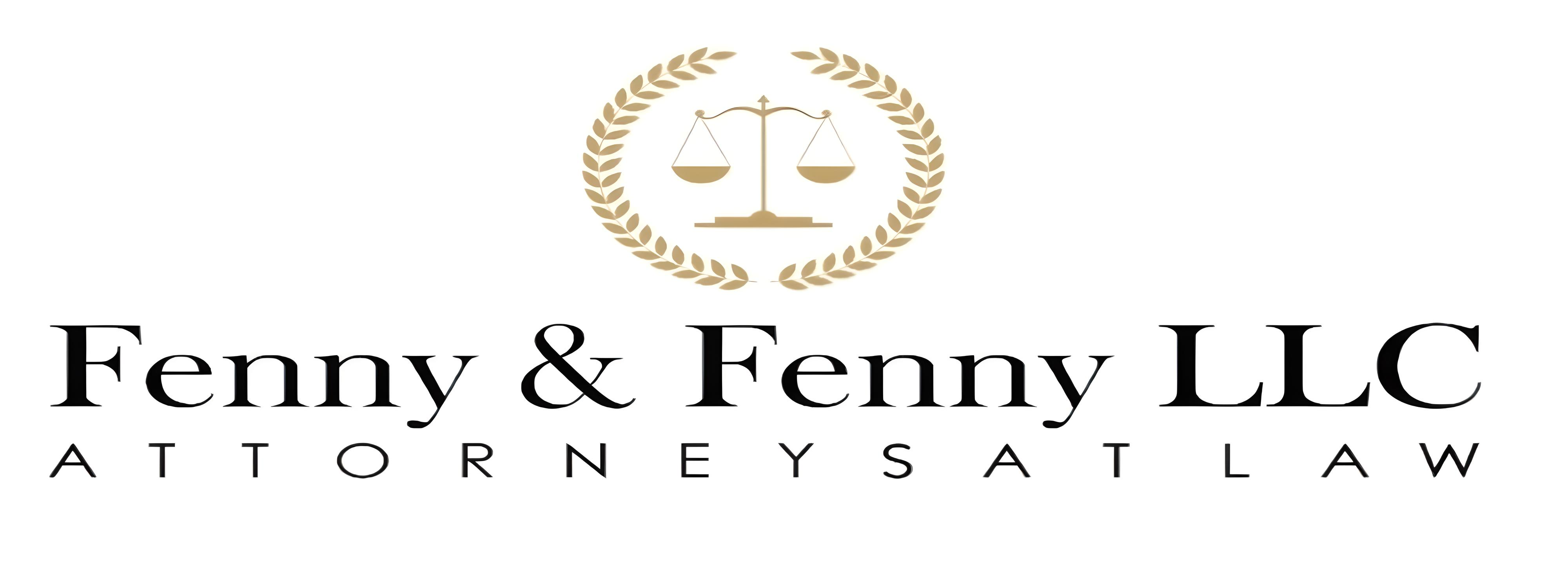
H-1B Visas
Congratulations! You’ve finally graduated. With diploma in hand, you’re ready to join the working world. While you and your other recent college graduate classmates are competing for the best jobs available, you may be at a disadvantage if you’re not a U.S. citizen or have a green card.
Following are these and other procedures you’ll need to become familiar with.
Optional Practical Training (“OPT”)
If you graduated with a bachelor, masters, doctorate, or associate degree, or other non-degree or certificate programs having an F-1 student status, you are eligible to be employed for one year with the permission of the U.S. Citizenship and Immigration Service (“USCIS”). Referred to as Optional Practical Training (“OPT”), it is a one-year period after the completion of your degree for practical training. You may also receive another year of OPT if you then complete a higher degree. According to USCIS regulations, “Students in English language programs are ineligible.”
Form I-538 (“Certification by DSO”)
In order to apply, complete the top of Form I-538 (“Certification by DSO”) and give it to your university’s Designated School Official (“DSO”) within either 90 days before completing your program/degree or 60 days after completion. Your DSO must certify that your proposed employment directly relates to your major area of study and your educational level. If approved, your DSO will endorse Form I-20 and Form I-538.
Form I-765 (“Application for Employment Authorization”)
These forms, plus Form I-765 (“Application for Employment Authorization”), appropriate fees, photographs, and signature card are then sent to your Regional INS Service Center. Once they issue you your Employment Authorization Document I-766 you can begin working for up to 12 months.
Work-Study and On-Campus Employment
While other work options are available prior to completion of your studies, such as work-study and on-campus employment, it is best to discuss these with an experienced immigration attorney. There are time constraints associated with work-study that may affect other employment options.
Temporary Work Visas
If you desire to remain temporarily or permanently in the U.S. after graduating, you may be eligible for a temporary work visa (“H-1B”). If your job requires a college degree, you may qualify to change your F-1 practical training status to an H-1B temporary working status within 30 to 60 days of receiving your Employment Authorization Document I-766. You should begin this process as soon as possible. If your Employment Authorization Document I-766 expires before your change of status application is approved, your permission to be employed will terminate immediately.
H-1B Status Procedure
After obtaining an appropriate temporary employment offer you can apply for H-1B status as follows:
From the U.S. Department of Labor (“DOL”) get a Labor Condition Application (“LCA”) and have your employer confirm you will receive the same working conditions and wages as other workers in your line of work, there are no strikes or lockouts of these workers, and other workers have been told about the LCA submission to the DOL.
Get the USCIS’ approval for your H-1B petition, which describes your employer, employment, your qualifications, the approved LCA and other documentation such as a copy of your diploma, employment offer letter, etc.
If you will also be maintaining your legal non-immigrant status, your employer may request the USCIS change your status to H-1B. Once you receive your H-1B status, if you leave the U.S. you must obtain another H-1B visa abroad before returning to the U.S.
Other options for full- and part-time employment and multiple employers also exist to support an H-1B petition. It’s best to consult an experienced immigration attorney with regard to these options.
Employment Caps
There are also employment caps associated with H-1B applications, although some places are exempt. Based on whether you’re employed at a university, a location relation or affiliated with a university, a non-profit or government institution, or other types of employment, you may qualify for waivers of the H-1B cap.
“Cap-Gap” Rule
There is also a “cap-gap” rule whereby your employer can submit an H-1B status change application for your prior to the expiration of your OPT. In this case, your OPT is automatically extended during the pending H-1B petition.
Three Years Expiration
You may obtain an H-1B status as long as three years. Before it expires, you may apply for an extension of another three years. No further extensions are permitted after this six-year period, even if you change employers and submit a new petition to the USCIS. There are exemptions to this, so it’s best to consult an experienced immigration attorney with any questions or concerns you may have.
H-1B Worker Family Members
If you have an H-1B status, your spouse and unmarried minor children may apply for H-4 status to permit them to reside in the U.S. while you maintain your H-1B status. Although they can attend U.S. schools and universities and have state drivers’ licenses, they cannot be employed. If they wish to be employed, and qualify for working status, they may apply for a status change through the USCIS.
Status Change on 21st Birthday
Once your child nears their 21st birthday, they must apply for an appropriate status change depending on whether they are attending a university or college, or wish to have another type of temporary status. They cannot remain in the U.S. with an H-4 status after their 21st birthday under any circumstances without a change of status. If they do, they may be deported. If they leave the U.S. after overstaying for 180 days or more, they will require an “unlawful presence” waiver to return and become a permanent U.S. resident.
Child Status Protection Act
Children of H-1B status residents may “age-out” and be unable to obtain permanent residence with their parents. Due to the complications of the Child Status Protection Act, it is best to seek the expert advice of an immigration attorney with any questions or concerns you may have.
